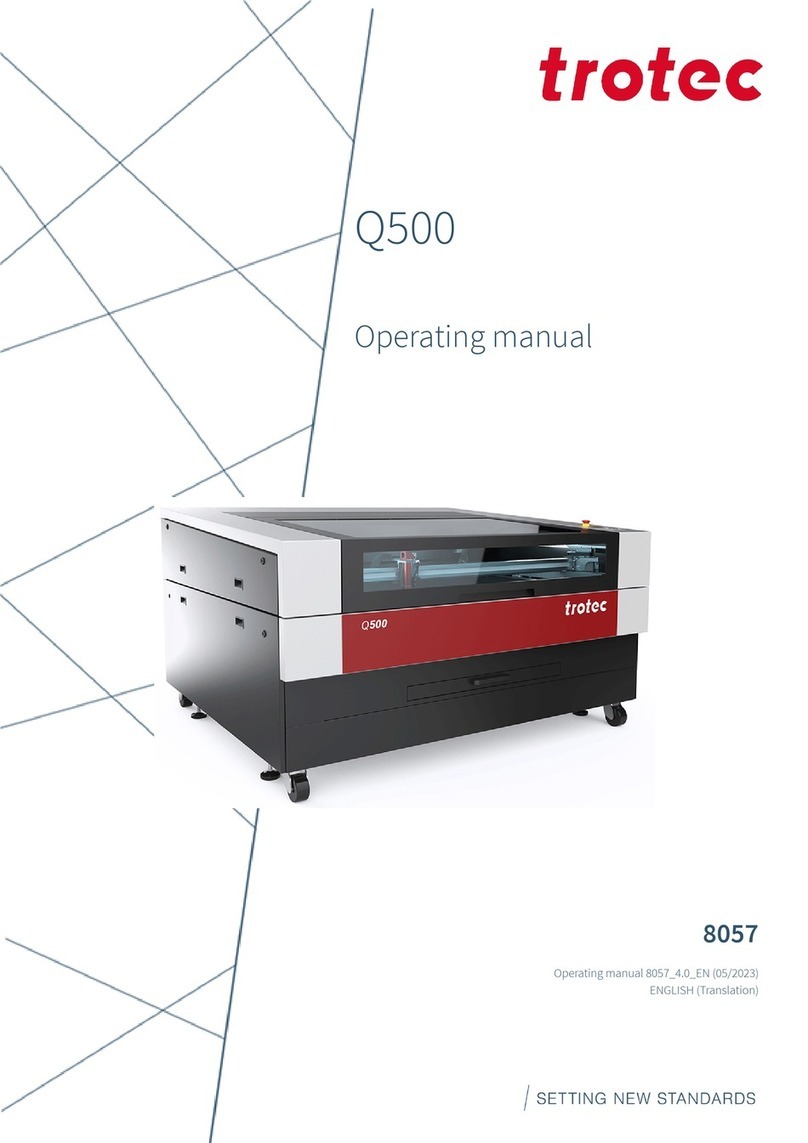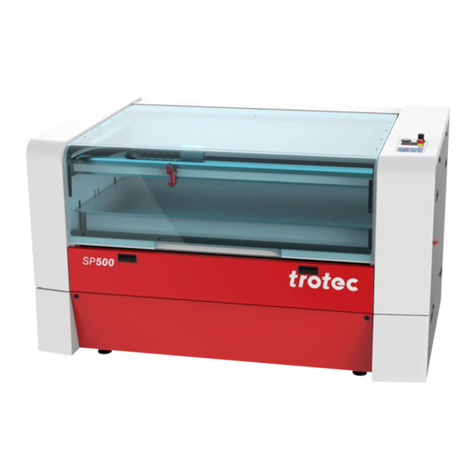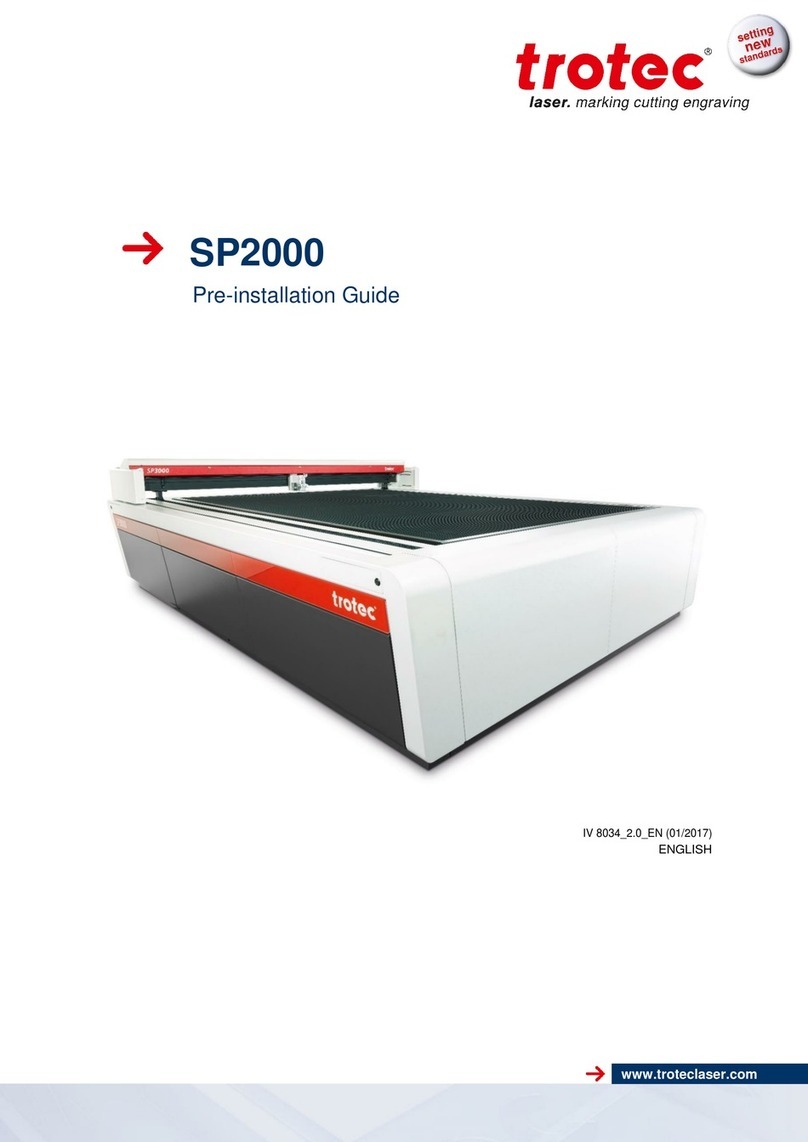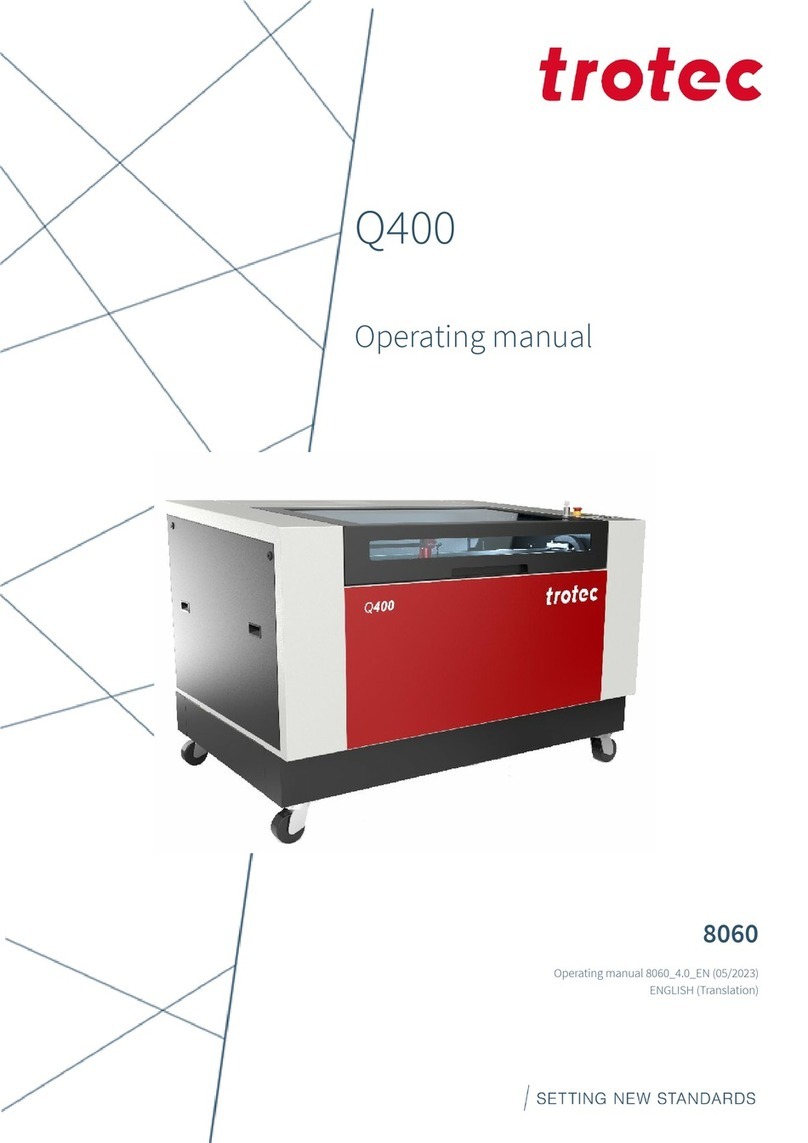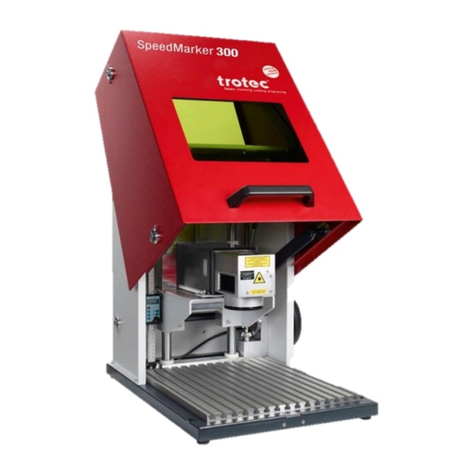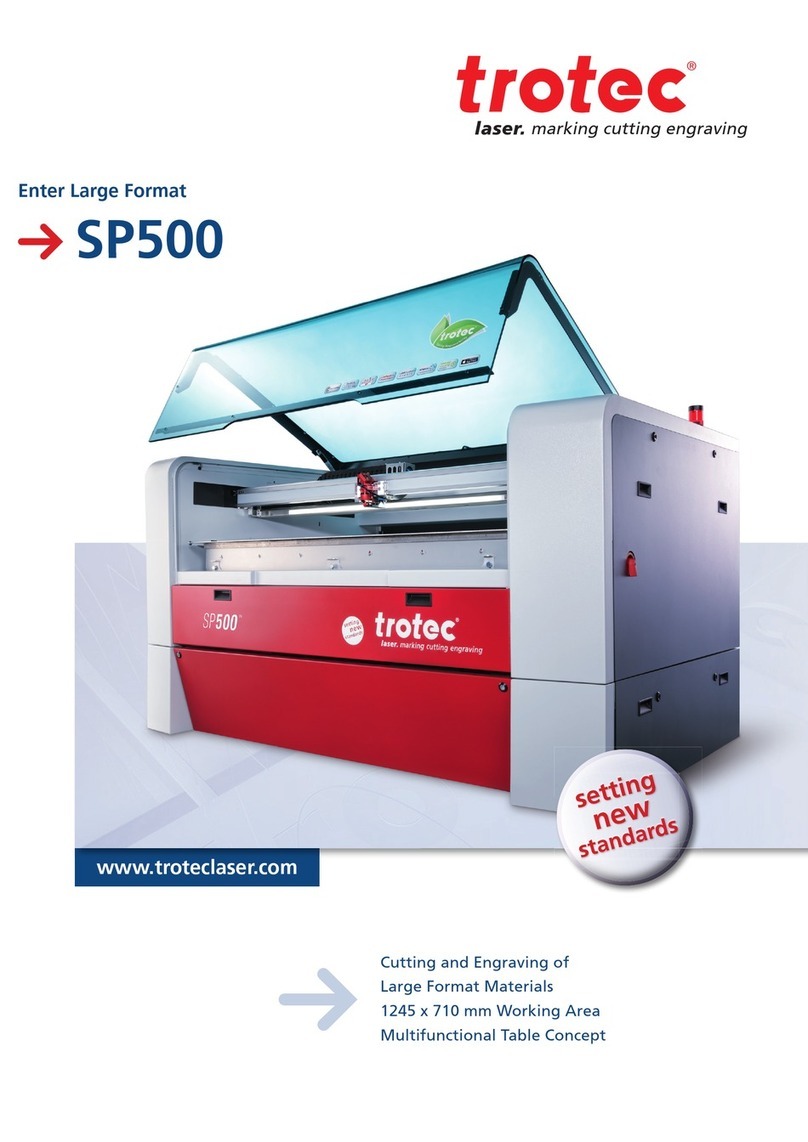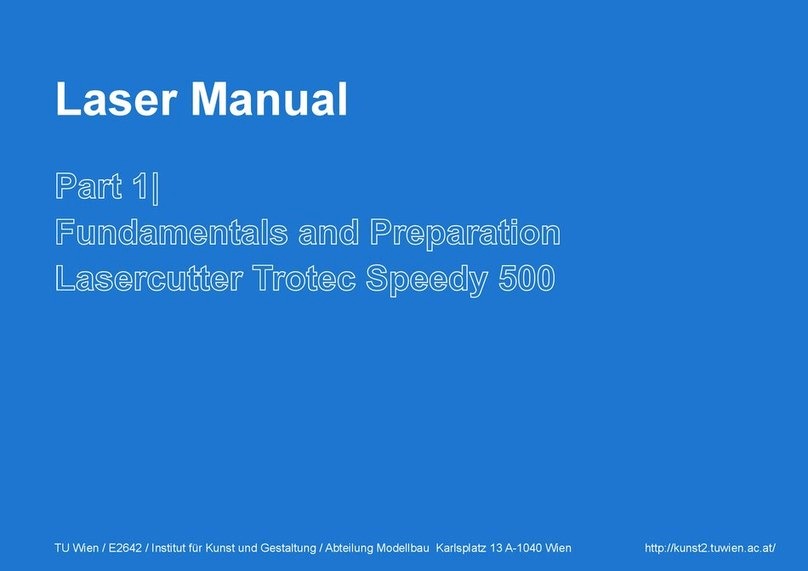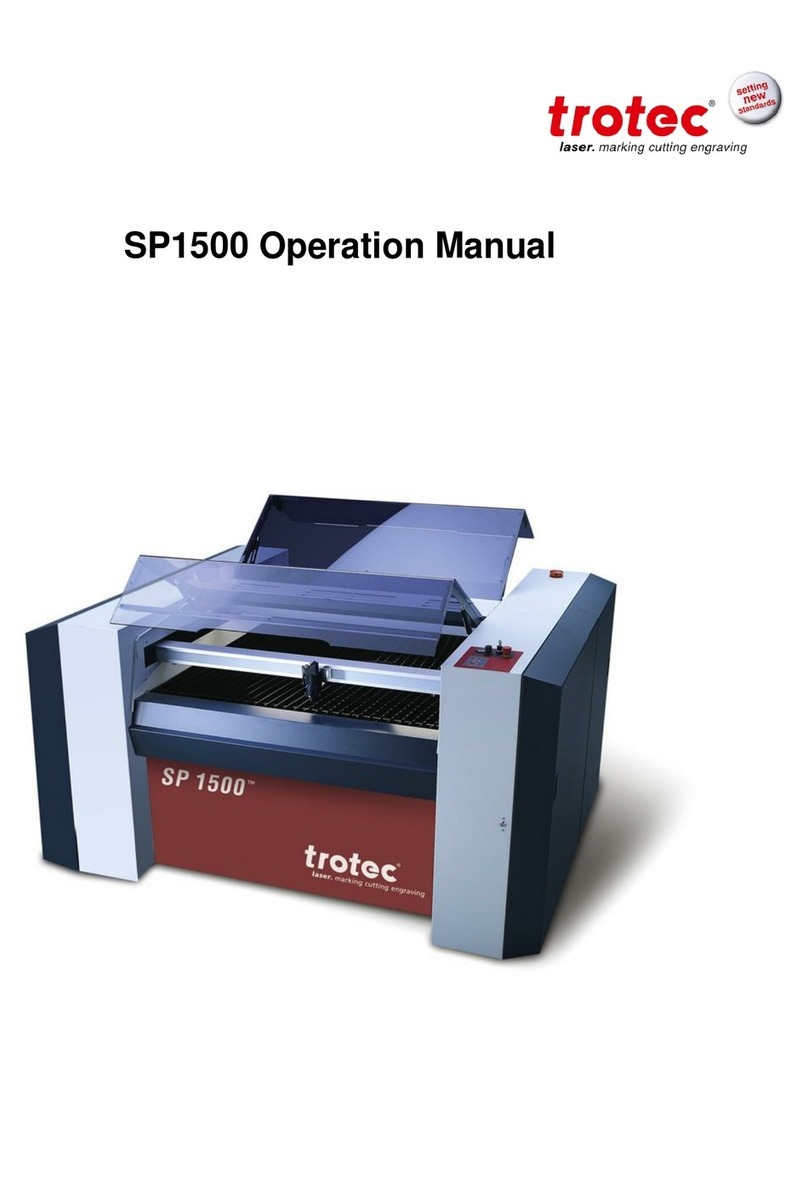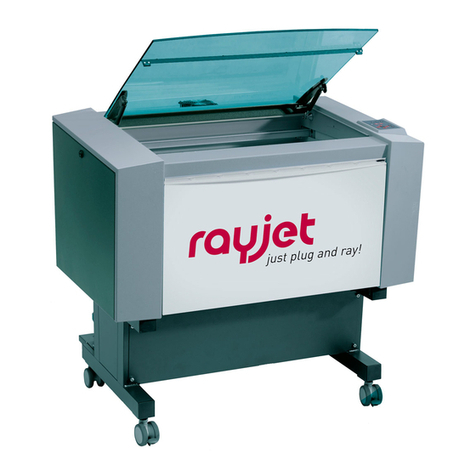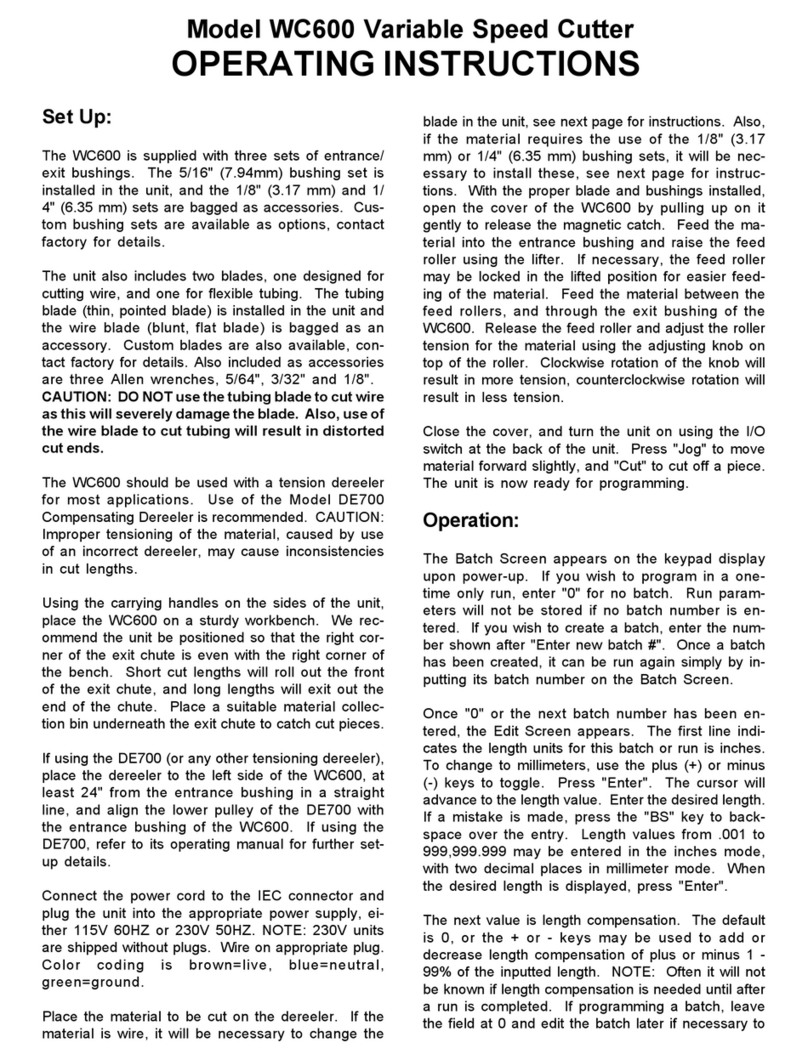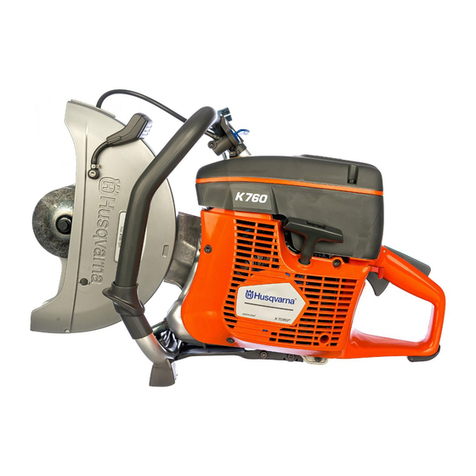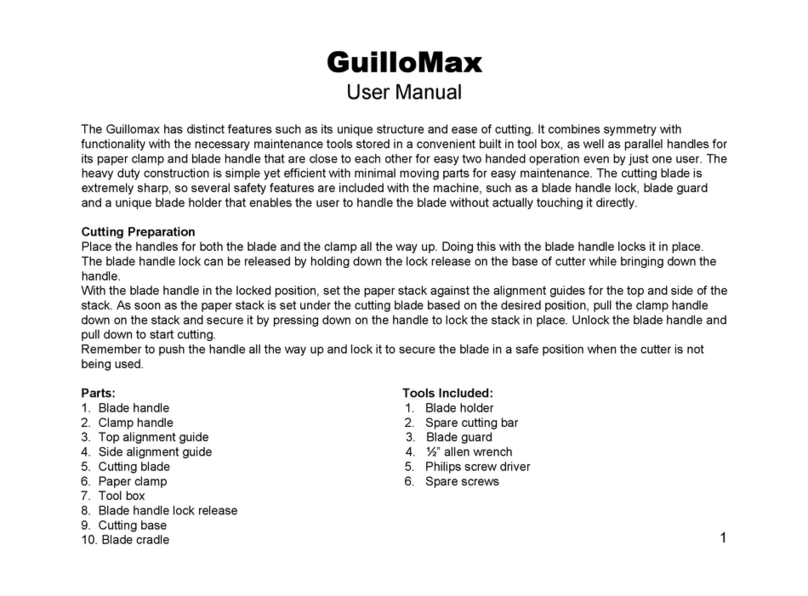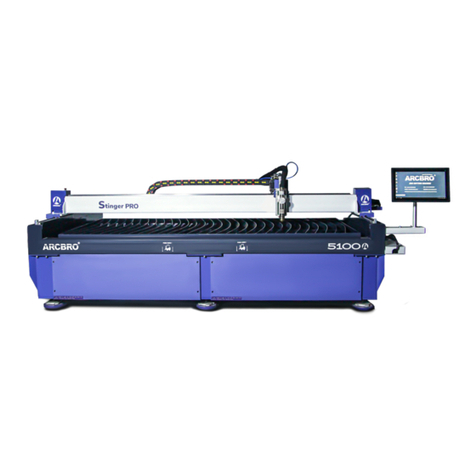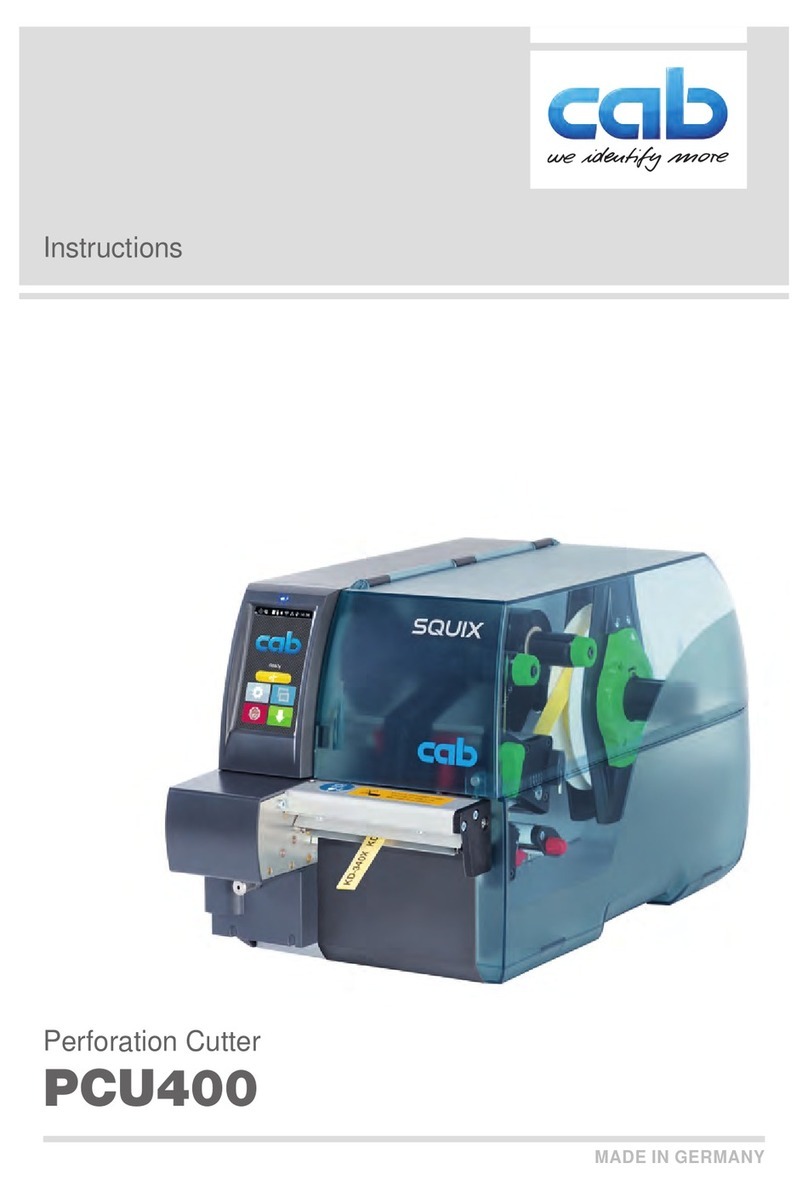
SP2000
Content
4 / 97 BA 8046_1.1_EN (02/2018)
4.1 Data sheet ................................................................................................................................ 31
4.2 Dimensions and weight............................................................................................................. 33
4.2.1 Machine dimensions and weight .................................................................................... 33
4.2.2 Operation panel exterior dimension ............................................................................... 35
4.2.3 Travelling exhaust exterior dimensions.......................................................................... 36
4.2.4 Exhaust (optional) .......................................................................................................... 37
4.3 Materials ................................................................................................................................... 38
5Machine overview........................................................................................................................... 40
5.1 General overview...................................................................................................................... 40
5.2 Operating elements .................................................................................................................. 41
5.2.1 Operating elements overview......................................................................................... 41
5.2.2 Operation panel.............................................................................................................. 42
5.2.3 Compressed air display.................................................................................................. 46
5.2.4 Compressed air regulator............................................................................................... 46
5.2.5 Key switch ...................................................................................................................... 46
5.2.6 Emergency stop button .................................................................................................. 46
5.2.7 Exhaust segment button................................................................................................. 47
5.2.8 Max. compressed air / control lamp ............................................................................... 47
5.3 Tables (multifunctional table concept)...................................................................................... 48
5.3.1 Cutting tables.................................................................................................................. 48
5.4 Lenses ...................................................................................................................................... 50
5.5 Nozzles..................................................................................................................................... 50
6Transport, unloading and packaging........................................................................................... 51
6.1 Safety notes.............................................................................................................................. 51
6.2 Delivery state............................................................................................................................ 51
6.3 Temperature and humidity........................................................................................................ 52
6.4 Required tools for unloading and transport .............................................................................. 52
6.5 Relocation of the machine........................................................................................................ 52
7Setup and installation.................................................................................................................... 53
7.1 Safety notes.............................................................................................................................. 53
7.2 Operating environment............................................................................................................. 54
7.2.1 Temperature and humidity ............................................................................................. 54
7.2.2 Subsoil conditions .......................................................................................................... 54
7.2.3 Environmental conditions ............................................................................................... 54
7.3 Setup and installation ............................................................................................................... 54
7.4 Connections.............................................................................................................................. 55
7.4.1 Connecting the mains..................................................................................................... 55
7.4.2 Operating console connection........................................................................................ 55
7.4.3 Connecting a Trotec exhaust system............................................................................. 55
7.4.4 Connecting a Trotec cooling system.............................................................................. 55
8Operation......................................................................................................................................... 56
8.1 Before operation ....................................................................................................................... 56
8.2 Software.................................................................................................................................... 56
8.3 Power ON/OFF......................................................................................................................... 57
8.3.1 Power ON....................................................................................................................... 57
8.3.2 Power OFF..................................................................................................................... 59
8.4 Lens placement ........................................................................................................................ 60
